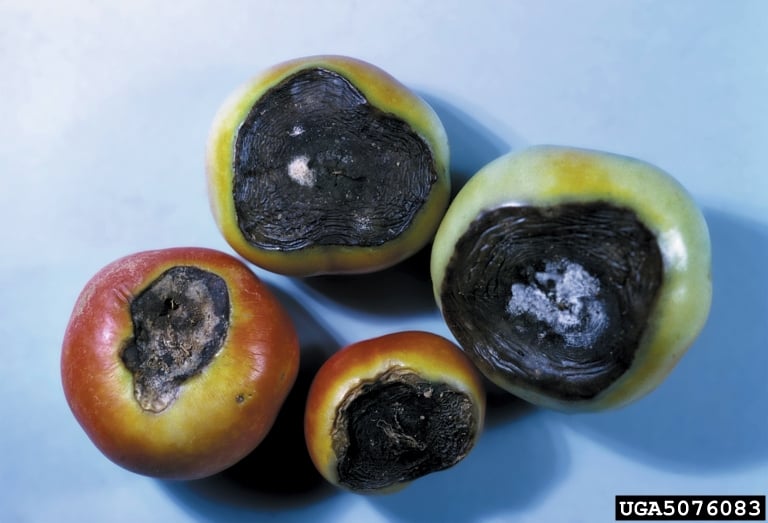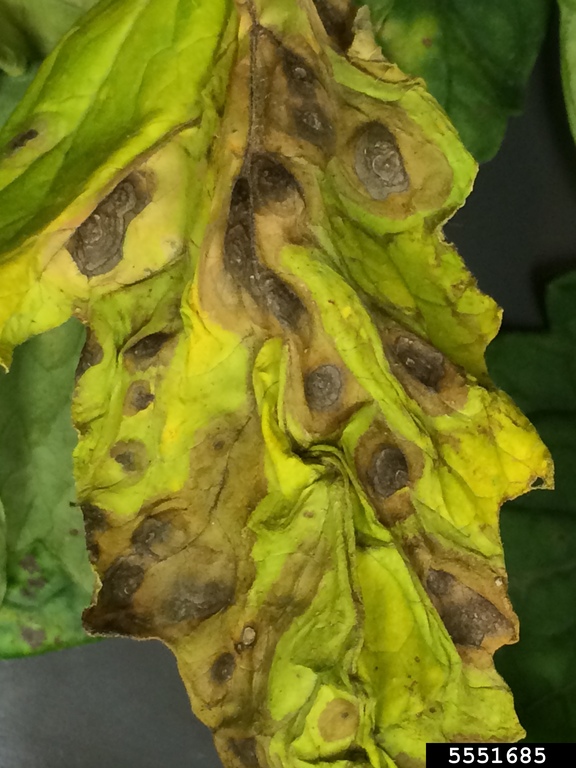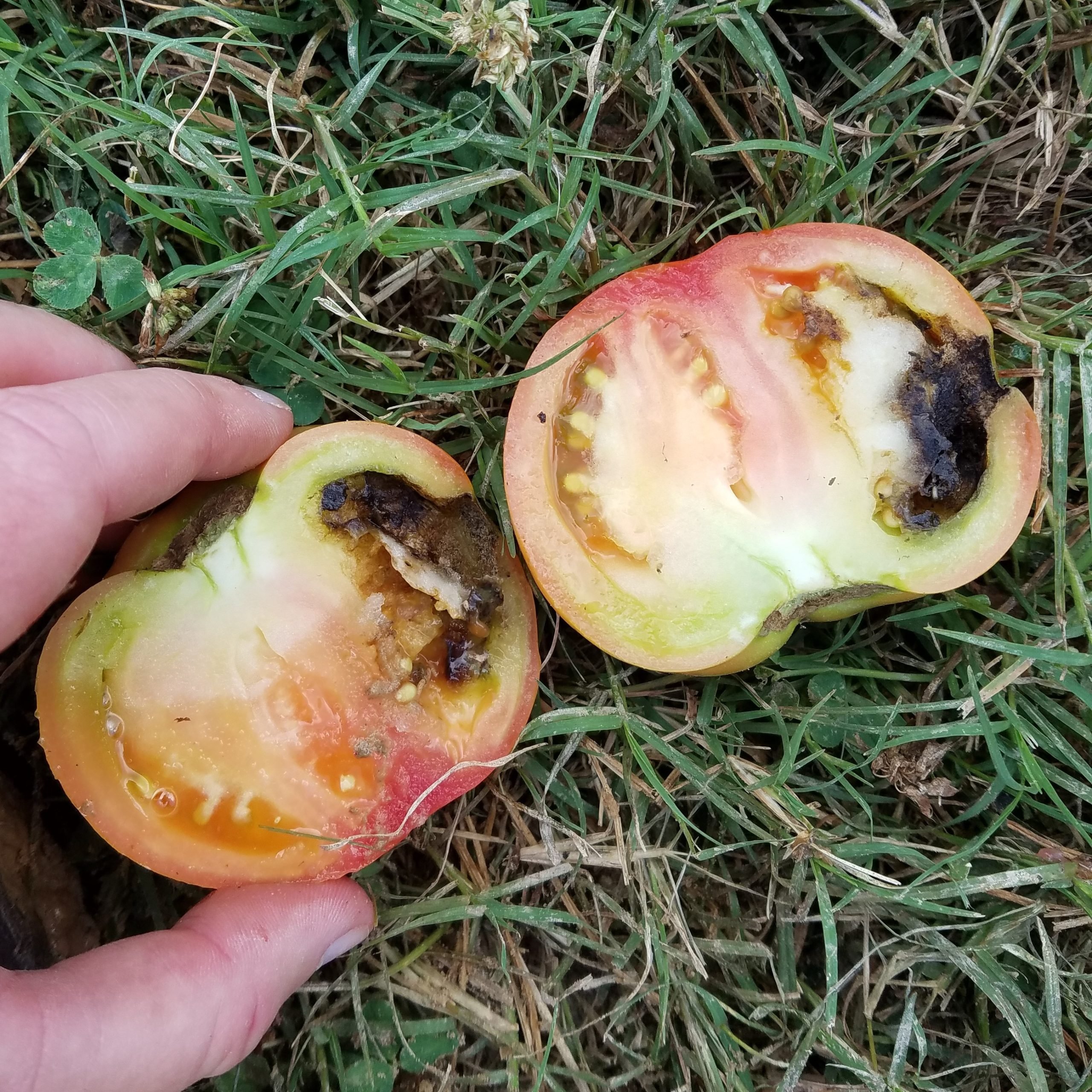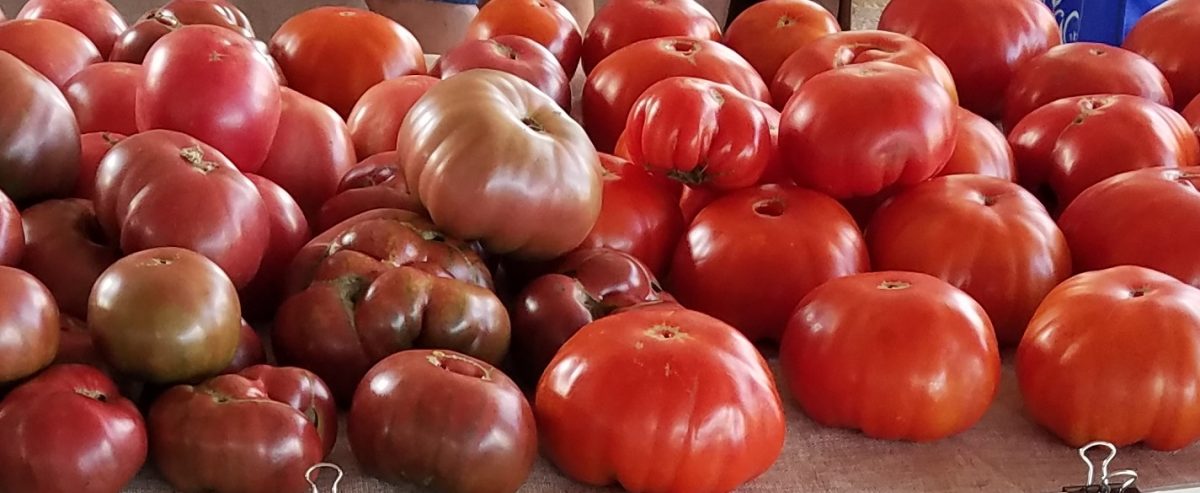
United Houma Nation returns to Jazz Fest with Food Dishes, Craft Demos, Music and Language Immersion
April 15, 2023
SOLA Giving Day early giving in full swing
April 16, 2023Few vegetables are as beloved as fresh tomatoes. Growing your own is a chance to get tomatoes right off the plant and to have your choice of varieties.
At this time of year, there’s little chance of another frost in southern Louisiana, and it’s still early enough that tomatoes planted now are unlikely to experience the excessively warm temperatures that interfere with pollination and fruit set. (If you plant tomatoes after April in Louisiana, it’s advised to use “heat-set” varieties.)
Tomatoes are not the most trouble-free of vegetables. Try not to replant in a place where you planted them last year, to reduce the chance of having trouble with soilborne diseases. Choosing varieties that have resistance to root knot nematodes, Fusarium wilt, tomato spotted wilt virus, and/or other diseases will reduce the number of potential issues. If you water in a way that gets the leaves wet, do this in the early morning rather than the late afternoon or evening.
Good drainage is important for tomatoes, as it is for most vegetables. If drainage at your site is poor or questionable, consider growing in a raised bed or container.
Soil pH for tomatoes should be between pH 6 and 7.
In the absence of soil test results, 4 pounds (8 cups) of 8-24-24 or 13-13-13 can be incorporated into the soil before planting, for every 100 feet of row or 300 square feet. Side dress plants at the time of first fruit-set (when blossoms drop and the first tiny fruits appear) with calcium nitrate, at a rate of 1.5 to 2 pounds (2.5 to 3.5 cups) per 100 feet of row / 300 square feet. Side dress again when the third and (optionally) fourth flower clusters set fruit.
Tomatoes can be spaced 18 to 24 inches apart within a row. Wider spacing will allow more air movement and may reduce disease pressure.
If you’re planting in a container, try to find one that’s at least 5 gallons in size, and make sure it has drainage holes in the bottom. Many potting mixes have fertilizer mixed into them, and you can supplement that with a water-soluble fertilizer. Try to find one in which the concentrations of phosphate and potash are greater – or at least as great as – that of nitrogen.
Tomato plants need to be supported in some way. Stakes, cages, and a string-and-weave system are all options. Support structures for indeterminate (vining) varieties need to be taller (6 feet or more) than those for determinate (bush-type) varieties.
Suckers – or shoots that grow between the leaves and the main stem of a tomato plant – are removed from the bases of tomato plants so that fruits will be larger and harvest will begin earlier.
On determinate varieties, only remove suckers under the one immediately below the first flower cluster. In other words, one sucker should be left below the first flower cluster. On indeterminate varieties, remove suckers below the second flower cluster.
Suckers should be removed when they’re about 2 inches long. If you accidentally let a sucker get longer than 4 inches, just leave it. Removing them at that point will likely do more harm than good.
A problem people commonly experience in tomato gardens is blossom end rot. This is associated with low calcium in the fruit. However, having blossom end rot doesn’t necessarily mean that the calcium level in the soil is low. If soil is limed appropriately to adjust soil pH, soil calcium is typically sufficient.
Blossom end rot can occur because the water supply is irregular. Calcium moves upward with water in the plant, and if soil is allowed to dry excessively, sufficient calcium won’t be able to reach fruit. On the other hand, if soil is too wet, roots won’t function well, and plants may not take up enough calcium.

Tomatoes with blossom end rot. (Photo source: David B. Langston, University of Georgia, Bugwood.org)
Try to keep soil moisture consistent, rather than letting it get too dry or stay too wet. Mulching can help conserve water so that soil doesn’t dry out as quickly and the amount of water available to the plant doesn’t vary as much over time.
Excessive fertilizer can also contribute to blossom end rot, so avoid overfertilizing. Nitrogen in the ammonium form can compete with calcium for uptake by roots, so nitrate-based nitrogen sources like calcium nitrate are recommended for side-dressing tomatoes.
To reduce problems with leaf diseases like early blight and bacterial spot, avoid watering from overhead in the late afternoon or evening. If you water in a way that gets water on the leaves – such as with a sprinkler or by spraying water from a hose nozzle – do this in the early morning.

Early blight of tomato. (Photo source: Rebecca A. Melanson, Mississippi State University Extension, Bugwood.org)
Other ways to minimize leaf disease problems include not working in the garden when leaves are wet; rotating where in the garden you plant tomatoes; removing old plants at the end of the season; and doing a good job of managing weeds in the garden.
Fungicides labeled for use on tomatoes and containing either chlorothalonil or mancozeb can be used to reduce spread of fungal leaf diseases. Copper-containing fungicides protect plants from leaf diseases caused by bacteria as well as some fungi.
Hornworms are among the more noticeable insect pests of tomatoes and can eat a great deal of leaf tissue quickly. They can be removed by hand if observed. The tomato fruitworm (same caterpillar as corn earworm) is often more problematic. It may go unnoticed until it has already entered and damaged fruit.

Tomato damaged by tomato fruitworm (corn earworm). (Photo by M.H. Ferguson)
Where fruitworms have been a problem, an appropriate insecticide can be applied beginning when plants first start to set fruit. Spinosad-containing insecticides are effective on fruitworms and hornworms, as are ones containing pyrethroid ingredients (active ingredients with names ending in “thrin,” such as permethrin, and esfenvalerate). Pyrethroid insecticides are effective against stink bugs, as well.
If you apply an insecticide, wait until late afternoon or early evening, when bees are no longer active.
Make sure any pesticide (insecticide, fungicide, or other) you use is labeled for use on tomatoes, and read and follow label directions.









